In the world of driving and transportation, understanding the different types of driver classifications can be crucial for both employers and jobseekers. At Connect Appointments, we take pride in our specialised driving division, Connect Driver Solutions, where we focus on matching skilled drivers with top employers. But what’s the difference between Class 1 and 2 drivers, and how do terms like HGV (Heavy Goods Vehicle) and LGV (Large Goods Vehicle) fit into the mix? Let’s break it down.
What Are Class 1 and Class 2 Drivers?
Class 1 Drivers:
Class 1 drivers are licensed to drive Category C+E vehicles. These are the largest and heaviest trucks on the road, often referred to as articulated lorries. They consist of a tractor unit and a trailer, which can be detached. Class 1 drivers are essential for long-haul journeys and transporting large quantities of goods across significant distances.
Class 2 Drivers:
Class 2 drivers hold a Category C license, allowing them to drive rigid vehicles, which are single-unit trucks with the cab and trailer permanently attached. These vehicles are smaller compared to those driven by Class 1 drivers and are typically used for shorter distances and urban deliveries.
HGV and LGV: Clearing Up the Confusion
Many people use the terms HGV and LGV interchangeably, but it’s important to understand their distinctions, especially in the UK context.
HGV (Heavy Goods Vehicle):
Historically, HGV has been the term used in the UK to refer to vehicles over 3.5 tonnes. This includes both Category C (Class 2) and Category C+E (Class 1) vehicles.
LGV (Large Goods Vehicle):
LGV is technically the European Union’s term for what the UK refers to as HGV. In practice, though, LGV is sometimes confused with Light Goods Vehicle, which refers to smaller vehicles like vans under 3.5 tonnes. Therefore, it’s crucial to clarify the context in which LGV is used.
For clarity, in the UK, HGV is the preferred term for vehicles over 3.5 tonnes, encompassing both Class 1 and Class 2 licenses.
Why Knowing the Differences Matters
Understanding these classifications is vital for both employers and drivers. For employers, it ensures they hire the right drivers with the appropriate licenses for their specific needs. For drivers, knowing these differences can help them pursue the right qualifications and job opportunities.
Connect Driver Solutions: Your Recruitment Partner
At Connect Driver Solutions, we specialise in connecting experienced Class 1 and Class 2 drivers with reputable employers across various industries. Whether you’re an employer seeking reliable drivers or a driver looking for the next step in your career, our team is here to support you.
For more information on driver licensing and qualifications, you can visit the UK Government’s official page.
Learn more about our specialised driving division on our Connect Driver Solutions page.
Explore our latest driver job opportunities.
Connect Driver Solutions is your go-to partner for all your driving recruitment needs. Contact us today to find out how we can help you find the perfect match for your requirements.











